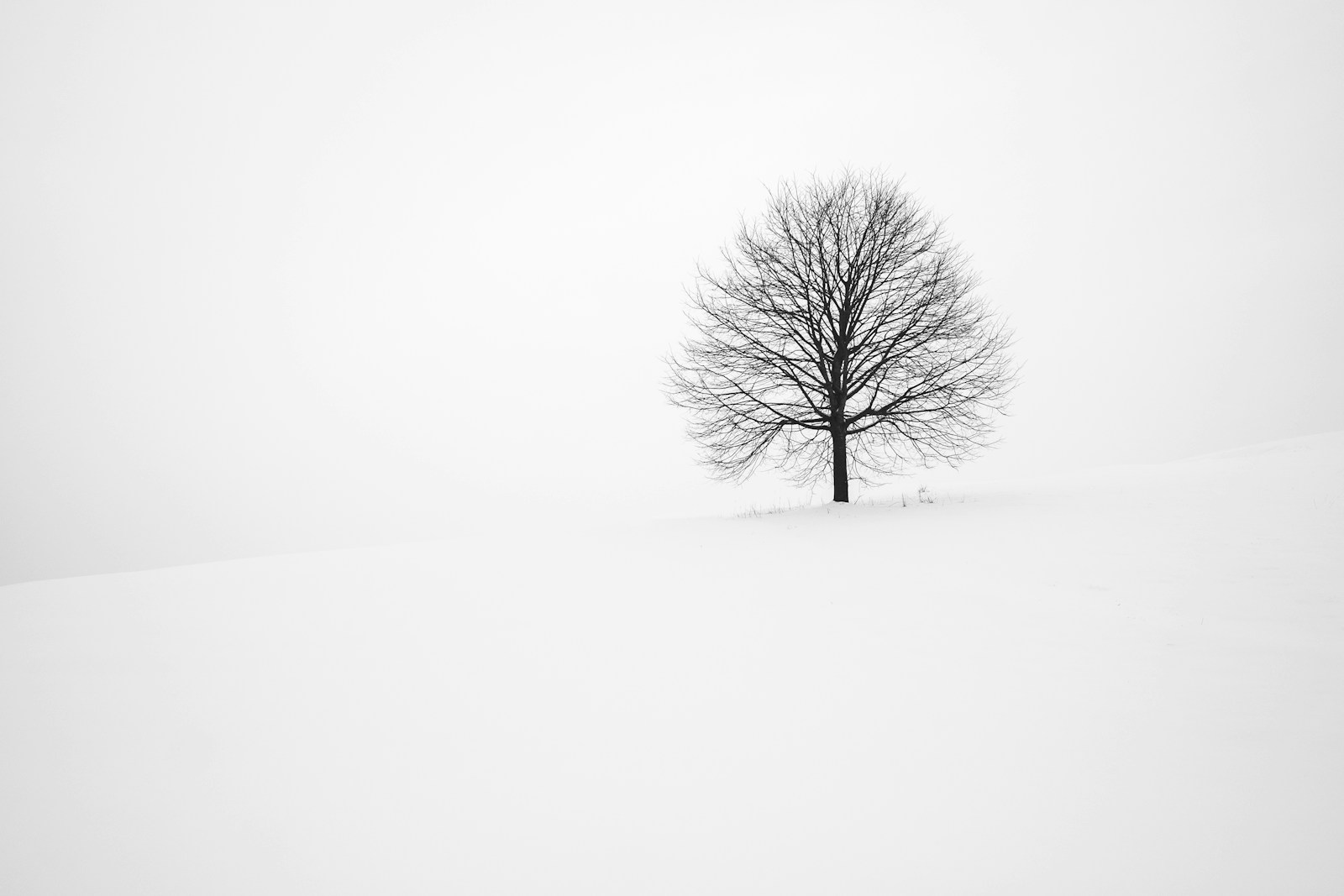Gardening during the winter months presents unique challenges, but with the right techniques and strategies, it is possible to maintain a thriving garden even in the coldest seasons. Whether you are growing vegetables, flowers, or simply looking to protect your landscape, winter gardening requires careful planning and execution. This essay explores the best winter gardening techniques to help gardeners achieve success year-round.
1. Choosing Cold-Resistant Plants
One of the most effective ways to ensure a successful winter garden is by selecting plants that are naturally suited to colder temperatures. Cold-hardy vegetables such as kale, spinach, Brussels sprouts, and carrots can thrive in winter conditions. Similarly, ornamental plants like winter pansies, snowdrops, and hellebores add color and vibrancy to the garden despite the chilly weather.
2. Utilizing Protective Coverings
To shield plants from frost, wind, and snow, gardeners can use protective coverings such as row covers, cloches, and cold frames. These structures provide insulation and help retain heat, creating a microclimate that supports plant growth. Mulching with organic materials like straw, leaves, or wood chips also acts as an insulator, preventing soil temperature fluctuations and retaining moisture.
3. Greenhouse Gardening
For those who wish to grow a wider variety of plants during winter, investing in a greenhouse is an excellent option. Greenhouses provide a controlled environment where temperature, humidity, and light can be managed effectively. With the right heating and ventilation systems, gardeners can cultivate vegetables, herbs, and flowers regardless of outdoor weather conditions.
4. Proper Soil Preparation
Winter soil can become compacted and depleted of nutrients, making soil preparation essential. Adding compost and organic matter before the onset of winter enriches the soil and provides essential nutrients for plant growth. Raised beds can also improve drainage and prevent waterlogging, ensuring healthier root systems.
5. Watering Wisely
During winter, overwatering can lead to root rot, while under-watering can cause dehydration due to dry air. It is crucial to monitor soil moisture levels and water plants only when necessary. Watering in the morning allows excess moisture to evaporate during the day, reducing the risk of frost damage.
6. Maximizing Sunlight Exposure
Since daylight hours are shorter in winter, ensuring that plants receive adequate sunlight is vital. Positioning containers and garden beds in south-facing areas can maximize exposure. Additionally, using reflective materials like white mulch can help direct more light to plants.
7. Pest and Disease Management
Winter gardens are not immune to pests and diseases. Common winter pests such as aphids, slugs, and rodents can damage plants if left unchecked. Regular inspections and the use of natural deterrents like neem oil or diatomaceous earth can help manage these threats effectively.
8. Succession Planting and Crop Rotation
Planning a planting schedule that includes succession planting ensures a continuous harvest throughout the winter months. Crop rotation helps prevent soil depletion and reduces the risk of disease buildup, promoting overall garden health.
Winter gardening requires a combination of careful planning, protective measures, and the right plant choices. By employing techniques such as using protective coverings, greenhouse gardening, proper soil preparation, and efficient watering, gardeners can enjoy a productive and beautiful garden even during the coldest months. With dedication and the right approach, winter gardening can be a rewarding endeavor that provides fresh produce and aesthetic enjoyment all year long.
